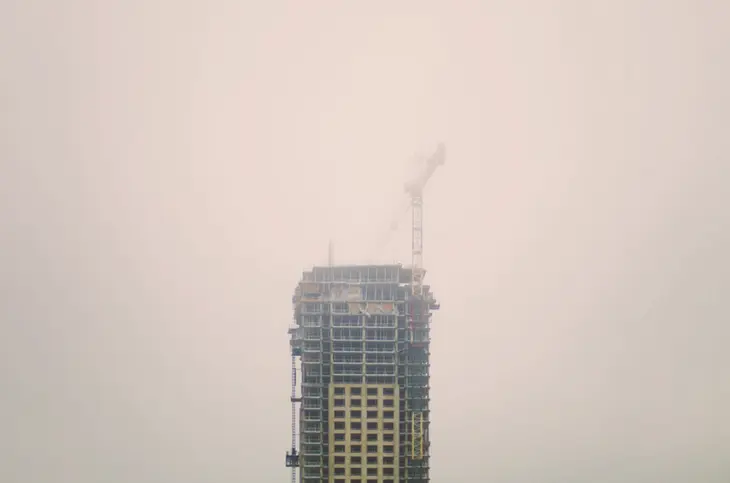
Green Roofs: Transforming Urban Landscapes with Sustainable Design
- Admin
In the quest for sustainable urban development, green roofs have emerged as a groundbreaking solution, offering a plethora of environmental, social, and economic benefits. In this article, we delve into the concept of green roofs, their components, advantages, and their transformative impact on urban landscapes.
1. What are Green Roofs?
Green roofs, also known as living roofs or vegetated roofs, are rooftop installations covered with vegetation, soil, and a waterproofing membrane. They vary in complexity, from simple extensive green roofs featuring low-maintenance plants to intensive green roofs with diverse vegetation and recreational spaces. Green roofs offer a multifaceted approach to sustainable building design, providing insulation, stormwater management, biodiversity conservation, and aesthetic enhancement.
2. Environmental Benefits
Green roofs play a crucial role in mitigating the environmental challenges associated with urbanization. By absorbing rainwater and reducing stormwater runoff, green roofs alleviate pressure on urban drainage systems, mitigate flooding, and improve water quality. Additionally, green roofs act as natural insulators, reducing heat gain in buildings during summer months and lowering energy consumption for cooling. Furthermore, green roofs sequester carbon dioxide, mitigate urban heat island effects, and provide habitat for birds, insects, and other wildlife, enhancing urban biodiversity.
3. Social and Health Impacts
Beyond their environmental benefits, green roofs contribute to the well-being of urban residents by enhancing quality of life and promoting social interaction. Green roofs serve as recreational spaces, urban gardens, and outdoor gathering areas, providing opportunities for relaxation, exercise, and community engagement. Moreover, access to green spaces has been linked to improved mental health, reduced stress levels, and enhanced overall happiness among urban dwellers. By integrating green roofs into urban landscapes, cities can create healthier, more resilient communities that prioritize human well-being.
4. Economic Considerations
While the initial investment in green roof installation may be higher than conventional roofing systems, the long-term economic benefits are significant. Green roofs extend the lifespan of roofing membranes by protecting them from UV radiation, temperature fluctuations, and mechanical damage. Additionally, green roofs reduce energy costs associated with heating and cooling, leading to substantial savings over the life of the building. Furthermore, green roofs enhance property values, attract tenants, and contribute to corporate sustainability goals, making them a sound investment for building owners and developers.
5. Design and Implementation
Designing and implementing green roofs require careful planning, considering factors such as structural capacity, waterproofing, irrigation, plant selection, and maintenance. Collaboration between architects, engineers, landscape designers, and roofing professionals is essential to ensure the success and longevity of green roof projects. Additionally, ongoing maintenance, including irrigation, fertilization, and weed control, is crucial to ensure the health and vitality of green roof vegetation and maximize the benefits they provide.
Conclusion
Green roofs represent a paradigm shift in urban design, offering a sustainable solution to the environmental, social, and economic challenges of urbanization. By harnessing the power of vegetation to transform rooftops into vibrant green spaces, cities can mitigate the adverse effects of climate change, enhance urban biodiversity, and improve the quality of life for residents. As the demand for sustainable urban development grows, green roofs will continue to play a pivotal role in shaping the cities of the future.
